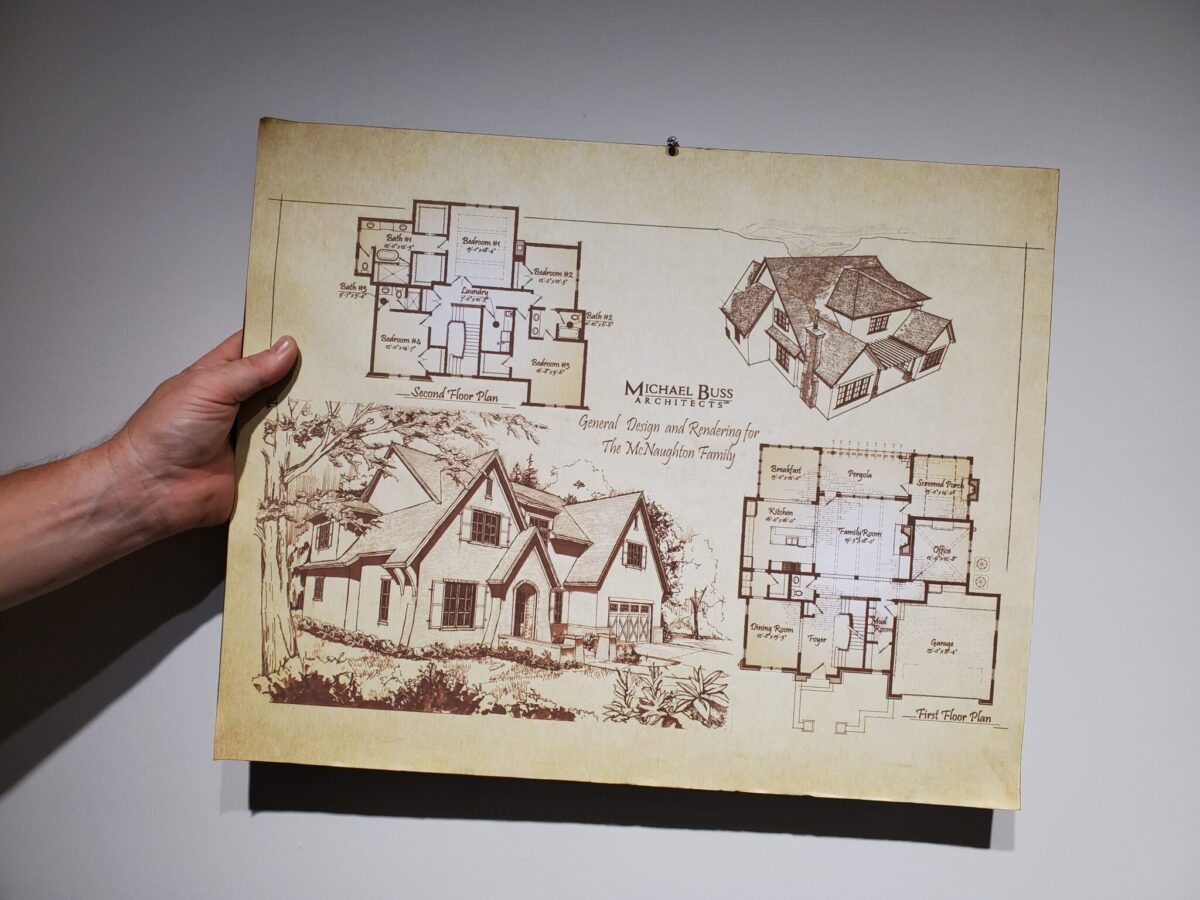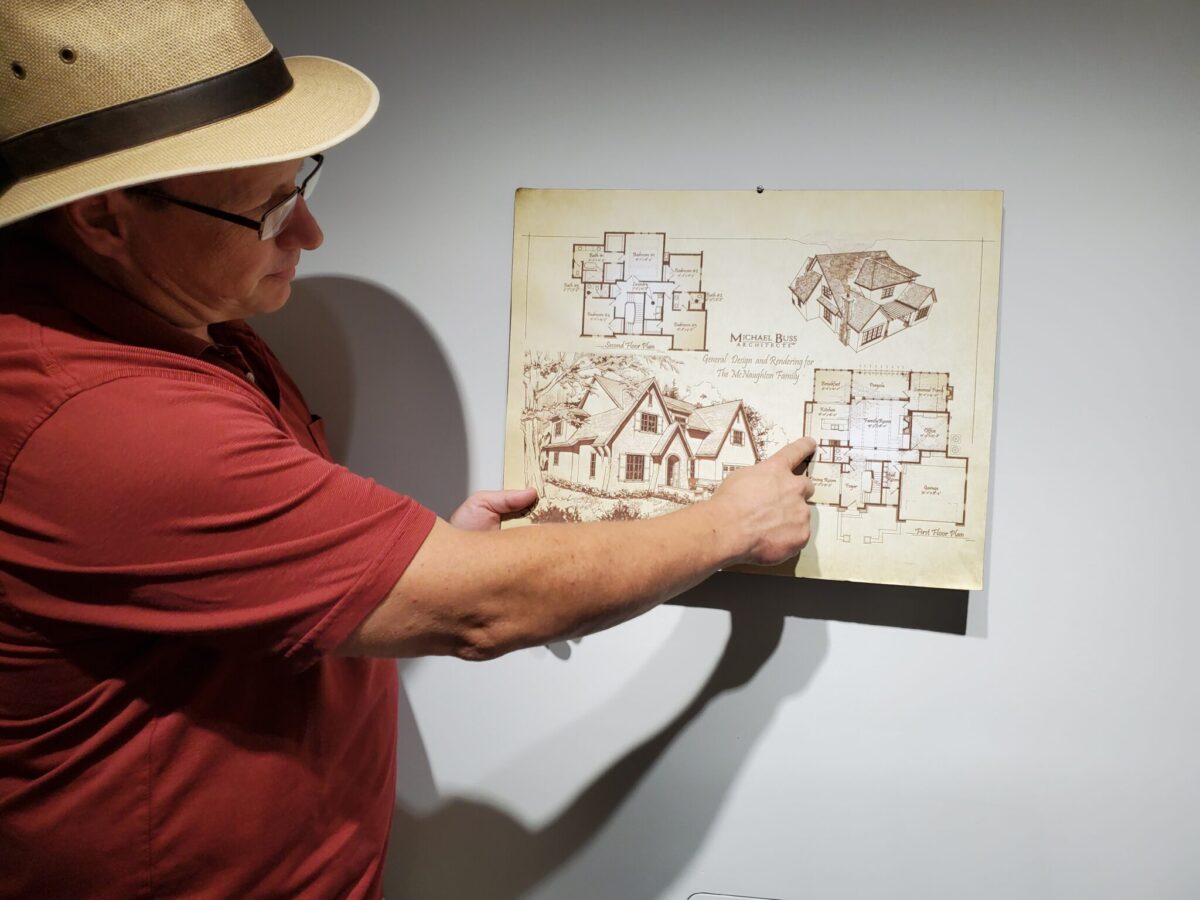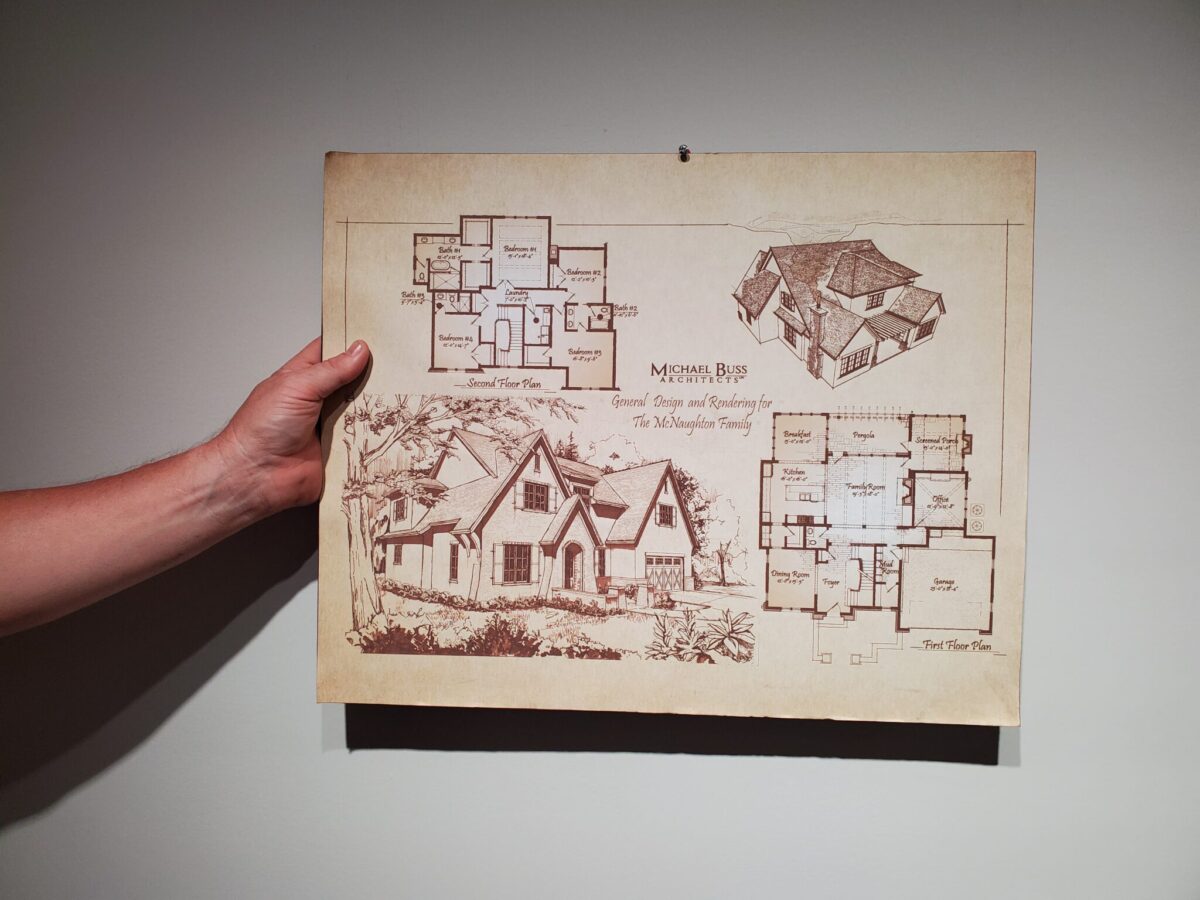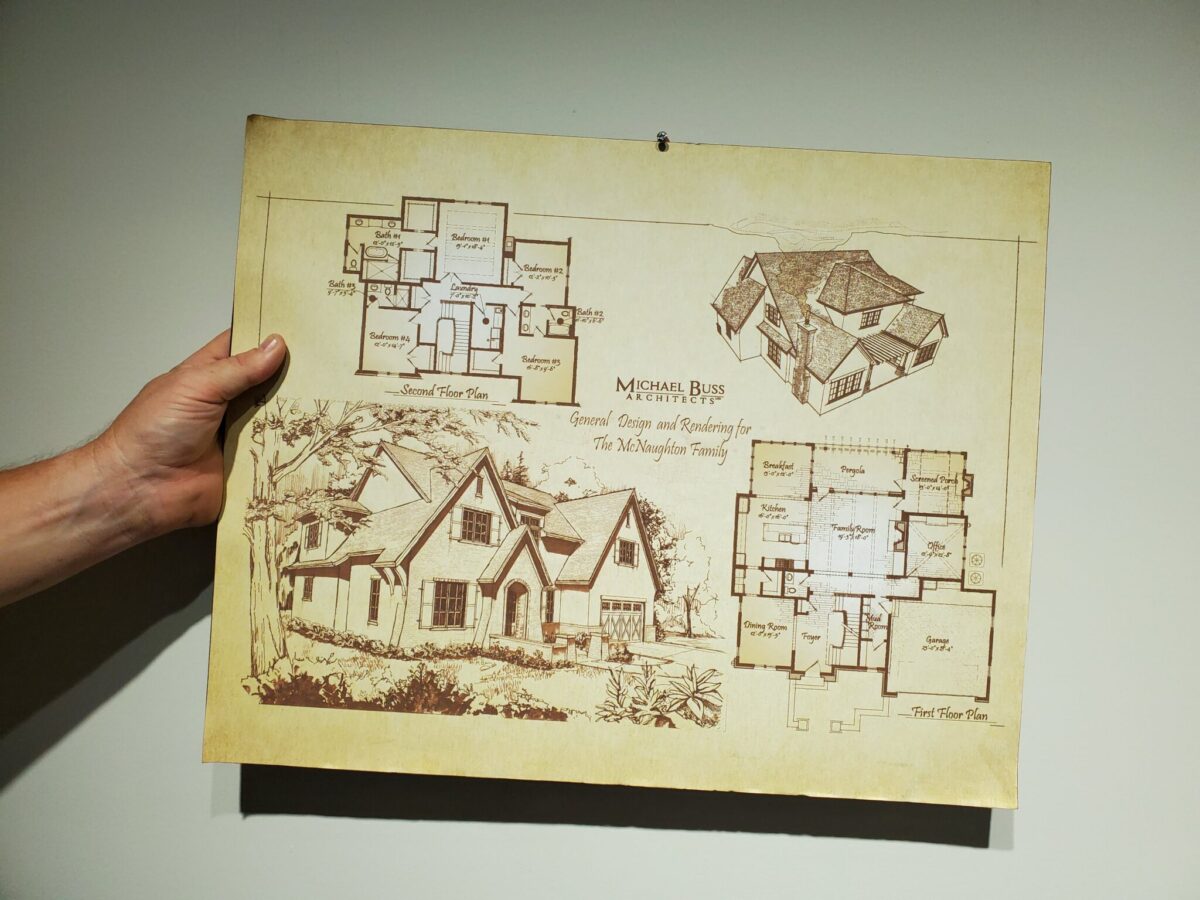
How COVID has impacted the touchless market and your home
A while back I was chatting with my niece about how she was doing, how her job was going, and how the pandemic in general was affecting her life, if at all. She works at the VA so I am sure she sees and hears a lot about how the medical community is handling this crisis. And while she assured me that life, in general, was going well, she was still concerned about the spread of the virus and elaborated on her steps to keep the virus in check. She, in fact, was the person who introduced me to the touchless key-chain, that I’ve been giving to my clients. We are using them for hands-free entry into buildings, pressing elevator and/or cash station buttons. 
Our conversation got me to thinking about how technology has influenced many of the projects I have been involved in, both current and past. And then I began to consider how the current pandemic will affect new building plans and renovations for the future. Many of the products now incorporated into our homes have already reduced the many contact points such as handles and switches and doorknobs we encounter every day. Touchless sensing, voice recognition, and facial recognition have replaced keys, thermostats and even TV remotes: Siri, Alexa, Josh AI and Google Home have become our new friends. So, in the spirit of Covid-19, I thought I would give you some thought and insight into what you can do to limit the number of things you touch during your daily routine.
According to an article published on Moneycontrol.com (May 19, 2020) the touchless sensing market is growing at a rate of 17.4 percent and is expected to be close to $15.3 billion by 2025. Covid-19 has reared its ugly head and life as we knew it is beginning to change. Our very own company has experienced an uptake in the requests for occupancy sensors, touchless fixtures, touchless lighting controls, even motorized blinds. So I decided to highlight some ideas for you to consider while thinking about your new home or renovation.
Connectivity is going to be key in your home. Voice activation, motion control, computers, and phone apps will be a necessity in making your home more accessible than ever while limiting the amount of surfaces that need to be touched.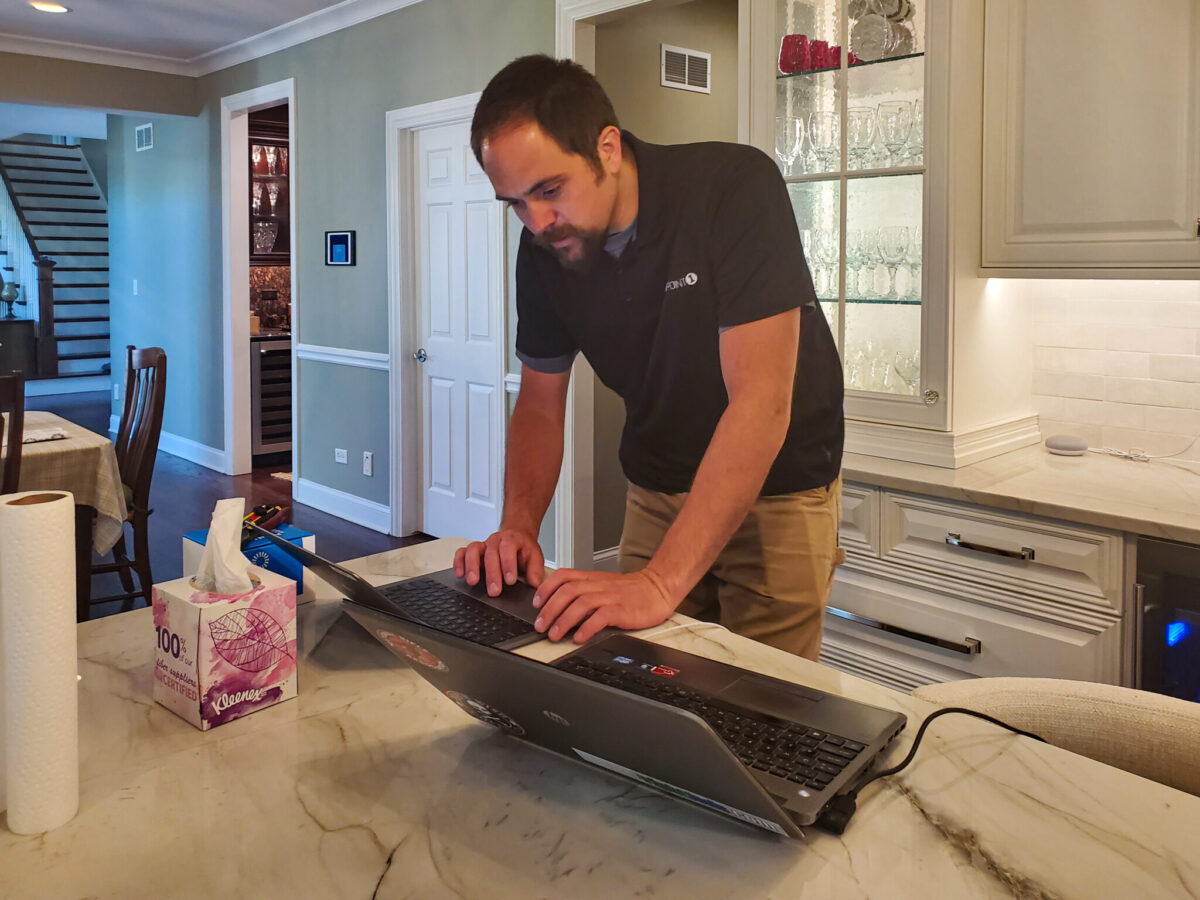
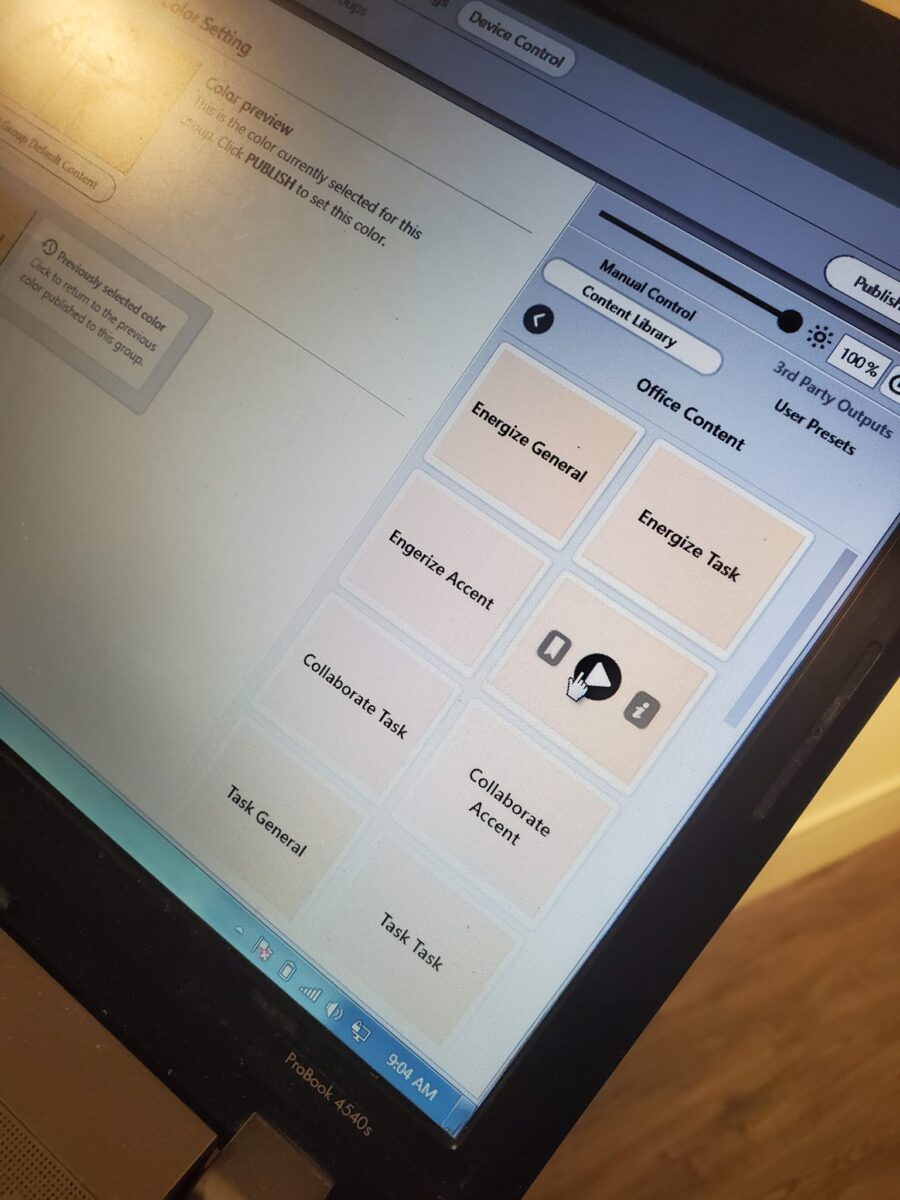
Let’s start with motion-activated lighting. Limit the number of germs spread by touching light switches with motion-controlled lighting throughout the house and reduce energy costs at the same time. RFID tags once thought for commercial use only are being incorporated residentially. With motions, we have no way of knowing “whom” is in the area whereas with RFID we can assess whom and adjust to what each family member wants and when! Lights can be set to turn on to certain intensities as needed (think morning wake up call!), audio or video could be turned on/off if so desired, etc. This type of technology allows the touch-less yet unique control and actual “home automation” instead of just home control.
Access Control We’ve always implemented traditional authentication such as key pad or numerical key pads. But facial and palm recognition readers are becoming more affordable.
Fixtures Moen has introduced new lines of faucets that are voice-activated while Perrin & Rowe has pull-down faucets activated by a wave of your hand. Refrigerators have been programmed to take pictures of the contents that can be accessed by your phone while shopping so you no longer need to hold the door open to decide what should be on your shopping list. Thermador columns will automatically close after 10 seconds if left open. Phone apps can open and close cabinets, pre-heat ovens, control temperatures, and dispense liquids at precise temperatures. Even Alexa and Google Home can help limit contact by following a few simple voice commands.
By Room
Bathroom
Perhaps one of the “germiest” rooms in your home is the bathroom. Consider installing a hands-free, infrared flushing option on your new toilet. Control the length of flush by a wave of your hand. Motion sensor lighting and voice-activated faucets work well here also. There are even motion sensors to raise and lower the toilet lid! How about self-cleaning, antimicrobial seats? And I’ll bet you never even considered seat warmers for your toilet. New toilets even offer controlled water, spritzing wands, and automatic dryers for those who wish to go paperless.
Home Gym
Your home workout room can be germ-reduced. In addition to some of the aforementioned amenities, your smartphone could be used to program your treadmill, control the room temperature, or turn your spa on and have it ready for that after-workout relaxation.
Home Office
Stay tuned to see what new tech we will be adding to the MBArch Design Studio! Hint think lighting!
How do you choose which options will work for you?
Maybe all of them will. As Ryan with Techpoint1 states “There is a sea of “smart” and “new” tech and he appreciates when the Architect starts the discussion early in home design.” One of the results for example, can be as simple as less switches cluttering your walls! Start the conversation early with your architect. Chances are he or she has already taken some of the same precautions in their own home. I know I have tested what rooms work best with motion detectors. Sue woke me up at 3:30am to make sure I knew it wasn’t the bathroom!

